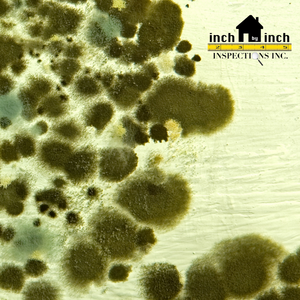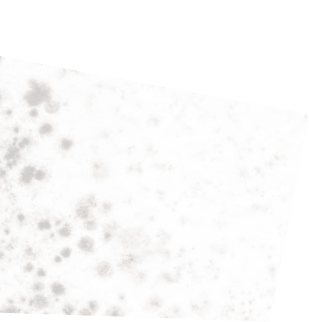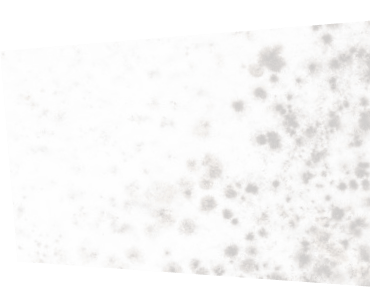There are hundreds of species of mold in our environment, and, with the right conditions, many of them end up infiltrating our properties. While all mold outbreaks should be dealt with, some species are harmful enough to require urgent mold remediation in Toronto. Although it is hard to know which species are toxic without mold testing in Toronto, they each have their own telltale signs that’ll help you identify them. Without quickly detecting toxic mold species, you could be at risk of mold poisoning and facing severe health problems.
Here are five toxic mold species to test for and how to identify them.
Stachybotrys
 Usually referred to as black mold, Stachybotrys is the most dangerous species of mold. Areas like bathrooms, kitchens, attics, and basements are havens for Stachybotrys due to the low light, high humidity, and multitudes of organic matter, like dust and wood. As the common name suggests, black mold is dark in colour, but it may also appear to be grey or dark green spots. The mycotoxin produced by Stachybotrys will lead to many health issues, ranging from consistent flu-like symptoms to gastrointestinal problems and respiratory damage. Long-term exposure may also result in issues with the nervous system, skin rashes, or even liver damage. To avoid the health problems associated with black mold, contact Inch By Inch for mold testing in Toronto.
Usually referred to as black mold, Stachybotrys is the most dangerous species of mold. Areas like bathrooms, kitchens, attics, and basements are havens for Stachybotrys due to the low light, high humidity, and multitudes of organic matter, like dust and wood. As the common name suggests, black mold is dark in colour, but it may also appear to be grey or dark green spots. The mycotoxin produced by Stachybotrys will lead to many health issues, ranging from consistent flu-like symptoms to gastrointestinal problems and respiratory damage. Long-term exposure may also result in issues with the nervous system, skin rashes, or even liver damage. To avoid the health problems associated with black mold, contact Inch By Inch for mold testing in Toronto.
Chaetomium
Chaetomium, similar to Stachybotrys, will be found in areas affected by water damage. Chaetomium flourishes in wet, dark environments, like drywall, baseboards, and carpets. With the general allergy-like symptoms of mold exposure, you may also face eye irritation, shortness of breath, or even nail infections. If Chaetomium goes unchecked for long periods, you may also be at risk of neurological damage and autoimmune diseases. If you notice the dark pattern of Chaetomium lurking within your property, the team at Inch By Inch offers comprehensive mold remediation in Toronto to help you stay safe.
Aspergillus
Aspergillus is the most common type of toxic mold found in residential properties. Aspergillus is often found in compost, food, and decaying plants and is white and fuzzy in appearance. Aspergillus mold exposure is not as severe as Chaetomium or Stachybotrys, but it is dangerous for people with weak immune systems or respiratory illnesses.
Penicillium
Penicillium is abundant in many everyday environments, especially in our homes. This type of mold, while not as common or well known as aspergillus or Stachybotrys, is found in cool and damp environments, like basements and attics that have been affected by water damage. If you come into contact with penicillium, you could be at risk of bronchitis, asthmatic symptoms, lung issues, and even liver and kidney damage.
Fusarium
Fusarium is usually found in plant debris and soil in your garden but, given the right conditions, could be found in areas of your property, like under carpeting, inside drywall, foam insulation, or even in your HVAC system. Similar to penicillium, fusarium exposure may result in lung and kidney damage, gastrointestinal problems, and skin irritation. While it may be difficult to spot its distinct dark pattern, you can identify fusarium by its identifiable, pungent odour.
Mold Testing with Inch By Inch
Regardless of which mold you may encounter in your property, comprehensive mold testing and removal should be conducted as soon as possible.




